Home>Garden Essentials>What Are Infill Openings For Decks
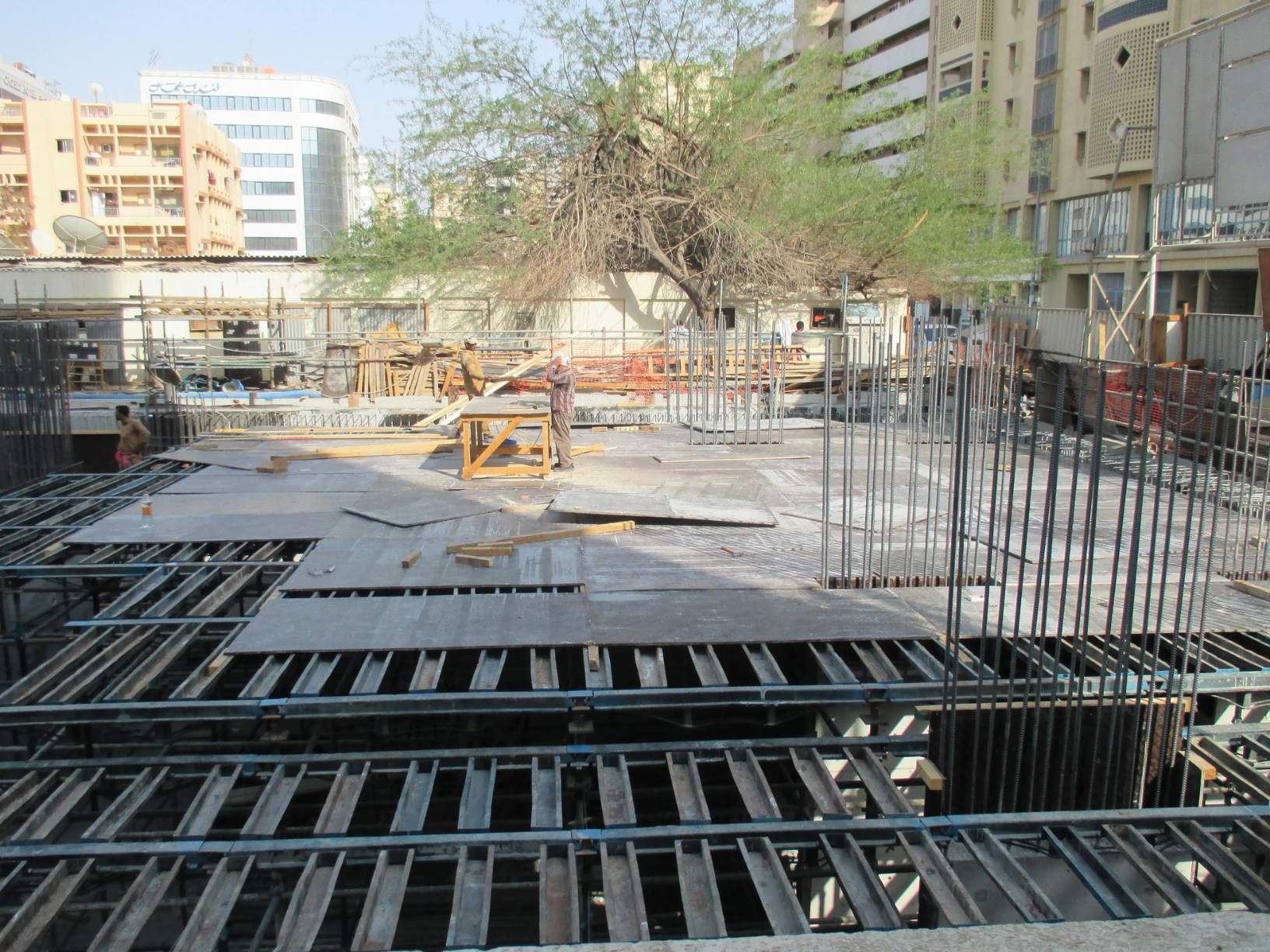

Garden Essentials
What Are Infill Openings For Decks
Modified: August 25, 2024
Discover the importance of infill openings for garden decks and how they enhance safety and aesthetics. Learn more about garden deck design now!
(Many of the links in this article redirect to a specific reviewed product. Your purchase of these products through affiliate links helps to generate commission for Storables.com, at no extra cost. Learn more)
Introduction
Welcome to the world of deck construction! Building a deck is an exciting project that adds both beauty and functionality to your outdoor space. When it comes to designing your deck, one important aspect to consider is the infill openings. These are the spaces between the deck posts or railings that provide safety and aesthetic appeal to your deck.
Understanding what infill openings are and their significance in deck construction is crucial for a successful and visually appealing deck. In this article, we’ll dive into the details of infill openings, the different types of materials that can be used, and the importance of following safety and building code requirements. So, let’s get started!
Key Takeaways:
- Choose infill openings for your deck that match your style, provide safety, and require maintenance within your budget. Adhering to building codes ensures a secure and visually appealing outdoor space.
- Regular maintenance and cleaning of infill materials such as wood, metal, glass, cable, and mesh are essential for preserving the beauty and longevity of your deck. Inspect and care for your deck to enjoy it for years to come.
Read more: What Is An Infill
Understanding Infill Openings for Decks
Before we delve into the various types of infill materials for deck openings, let’s first establish a clear understanding of what infill openings are. Infill openings, also known as baluster openings or railing openings, are the spaces between the deck posts or railings that provide safety and security while adding visual interest to your deck.
These openings serve multiple purposes, including:
- Preventing falls: Infill openings act as a barrier, preventing accidents and ensuring the safety of those using the deck. They help to keep small children and pets from slipping through and falling off the deck.
- Enhancing aesthetics: Infill openings can greatly influence the overall look and feel of your deck. They provide an opportunity for creative design choices that complement the style of your home and outdoor space.
- Regulating airflow and visibility: Depending on the type of infill material used, these openings can allow air to circulate, providing ventilation, and can also optimize your view of the surroundings.
Understanding the importance of infill openings is crucial for proper deck construction and ensuring a safe and visually appealing deck. The next step is exploring the different types of infill materials available for your deck openings, so you can make an informed decision based on your preferences and needs.
Why Infill Openings Matter for Deck Construction
Infill openings play a vital role in deck construction, and understanding why they matter is essential for building a safe and functional deck. Let’s explore the reasons why infill openings are important:
Safety: One of the primary reasons infill openings are crucial is to ensure the safety of everyone using the deck. These openings act as a barrier to prevent falls, especially for children and pets. Choosing the right infill material and ensuring proper installation will help maintain a secure environment on your deck.
Aesthetics: Infill openings significantly contribute to the overall appearance and design of your deck. They offer an opportunity to infuse your personal style and preference into the space. Whether you prefer a classic, traditional look or a more modern and sleek design, the choice of infill material can elevate the aesthetics of your deck.
Regulatory Compliance: Building codes and regulations often dictate specific requirements for infill openings to ensure the safety of deck structures. These regulations may include guidelines regarding the maximum spacing allowed between balusters, height requirements for railings, and the use of tempered glass or other approved materials. Adhering to these requirements is essential to avoid potential penalties and ensure a safe deck for everyone.
Functionality: Infill openings can also impact the functionality of your deck. Depending on the material chosen, they can regulate airflow, provide privacy, or optimize your view of the surrounding landscape. Considering the intended use of your deck and how you want it to function will help in selecting the most suitable infill material.
Longevity: The choice of infill material can also affect the durability and longevity of your deck. Exposure to the elements and regular use can cause wear and tear over time. Selecting high-quality, weather-resistant materials will help ensure that your infill openings maintain their functionality and appearance for years to come.
By recognizing the importance of infill openings in deck construction, you can make informed decisions about the materials, designs, and safety measures that will best suit your needs. Next, we’ll explore the different types of infill materials available for your deck openings, giving you a range of options to choose from.
Different Types of Infill Materials for Deck Openings
When it comes to selecting the right infill material for your deck openings, there are various options to consider. Each material offers its own unique aesthetic appeal, durability, and maintenance requirements. Let’s explore some of the most popular types of infill materials:
- Wood: Wood is a classic choice for deck infill openings. It offers a warm, natural look that complements a wide range of architectural styles. However, wood requires regular maintenance, such as staining or painting, to prevent deterioration from exposure to the elements.
- Metal: Metal infill materials, such as aluminum or wrought iron, add a touch of elegance and sophistication to your deck. They are durable and require minimal maintenance. Metal balusters can be found in various styles, from intricate and decorative designs to simple and sleek options.
- Glass Panels: Glass panel systems are becoming increasingly popular for deck infill openings. They provide a modern and unobstructed view of your surroundings while allowing natural light to filter through. Tempered glass is commonly used for safety reasons, as it shatters into small, harmless pieces if broken.
- Cable Railing: Cable railing systems offer a sleek and contemporary look. They consist of stainless steel cables tensioned between posts, creating an open and minimalist aesthetic. Cable railings provide an excellent option for maximizing views and airflow while maintaining safety.
- Mesh and Wire: Mesh and wire infill materials, such as stainless steel wire mesh or hog wire panels, offer a modern and industrial look. They provide a level of transparency while still ensuring safety and stability. Mesh and wire infill can be customized to create unique patterns and designs.
These are just a few examples of the wide range of infill materials available. It’s important to choose a material that suits your design preferences, aligns with your deck’s architectural style, and meets safety requirements and local building codes. Consider factors such as maintenance, durability, and the level of transparency or privacy you desire.
When selecting an infill material, also keep in mind the overall balance and harmony with other elements of your deck, such as the flooring, railings, and posts. The right infill material will not only provide safety but also enhance the aesthetics of your deck, creating a visually stunning outdoor space.
Baluster Options for Infill Openings
Balusters, also known as spindles or pickets, are an essential component of deck infill openings. They are vertical supports that connect the handrail to the bottom rail, providing safety and style. Choosing the right baluster option can greatly impact the overall look and feel of your deck. Let’s explore some popular baluster options:
- Wooden Balusters: Wood balusters offer a classic and timeless look. They can be found in various styles and profiles, such as turned, square, or colonial designs. Wood balusters can be stained or painted to match the overall aesthetic of your deck.
- Metal Balusters: Metal balusters, such as aluminum or wrought iron, add elegance and durability to your deck. They come in a wide array of designs, from traditional and ornate to sleek and minimalist. Metal balusters are low-maintenance and provide a long-lasting infill option.
- Glass Balusters: Glass balusters offer a modern and contemporary look. They provide a clear view of the surroundings and allow light to pass through. Tempered glass is commonly used for safety reasons, ensuring that it shatters into small, harmless pieces if broken.
- Cable Balusters: Cable balusters create a sleek and minimalist look. They consist of stainless steel cables tensioned horizontally between posts. Cable balusters maximize visibility and provide a modern aesthetic while still ensuring safety and stability.
- Metal and Wood Combinations: Combining metal and wood balusters can create a unique and eye-catching design. This option allows you to incorporate the warmth of wood with the durability and style of metal. You can choose to alternate between metal and wood balusters or create custom patterns.
When selecting balusters for your deck infill openings, consider the style of your home and outdoor space. Choose balusters that complement the overall architectural design and look cohesive with other elements of your deck, such as the railing and post materials.
Additionally, it’s important to consult local building codes and regulations to ensure compliance with spacing requirements. Regulations may dictate the maximum space allowed between balusters to ensure safety and prevent accidents. Adhering to these regulations will help ensure the longevity and safety of your deck.
By carefully selecting the right baluster option, you can enhance the aesthetics of your deck while providing a secure and visually appealing infill opening.
Read more: What Is An Infill Speed
Glass Panel Systems for Infill Openings
Glass panel systems have gained popularity as a modern and sleek option for deck infill openings. They provide an unobstructed view of the surroundings while adding an elegant touch to your deck. Let’s explore the features and benefits of glass panel systems:
Aesthetics: Glass panels offer a contemporary and sophisticated look that can elevate the overall design of your deck. The transparency of the glass allows for uninterrupted views, making it an excellent choice for decks with scenic landscapes or architectural features. Glass panels create a sense of openness, maximizing natural light and creating an airy atmosphere on your deck.
Safety: Safety is a primary concern when it comes to deck infill openings, and glass panel systems meet the necessary safety requirements. Tempered glass, which is highly resistant to breakage, is commonly used in these systems. In the event that a glass panel does break, it shatters into small, harmless pieces, reducing the risk of injury.
Durability: Glass panels used in deck systems are specifically designed to withstand the elements and the stresses of outdoor environments. They are made of tempered glass, which is stronger and more resistant to thermal stress and impact compared to regular glass. This ensures the long-term durability of the glass panel system, requiring minimal maintenance over time.
Privacy: While glass panels offer transparency, they can still provide a level of privacy to your deck. The use of frosted or textured glass can limit visibility from the outside, giving you a sense of seclusion without compromising the open feel of the deck.
Easy Maintenance: Glass panel systems are relatively low-maintenance. Regular cleaning with mild soapy water and a soft cloth or sponge is usually sufficient to keep them looking pristine. Avoid using abrasive cleaners or rough materials that may scratch the glass surface. Glass panels also do not require staining or sealing, simplifying maintenance tasks.
When installing glass panel systems for your deck infill openings, it is important to work with professionals experienced in handling and installing glass. Proper installation ensures the stability and safety of the glass panels, providing you with peace of mind.
Lastly, be sure to check local building codes and regulations regarding the use of glass panels. Certain jurisdictions may have specific requirements for glass panel systems, such as height restrictions, the use of handrails, or the maximum gap allowed between panels.
Incorporating glass panel systems for your deck infill openings can create a stunning and contemporary look. It allows you to enjoy the beauty of your outdoor environment while adding a touch of elegance to your outdoor living space.
When designing infill openings for decks, make sure to consider the local building codes and regulations to ensure safety and compliance. This includes the spacing between balusters or other infill materials to prevent accidents and ensure the structural integrity of the deck.
Cable Railing Systems for Infill Openings
Cable railing systems have become a popular option for deck infill openings, offering a sleek and modern aesthetic. These systems utilize stainless steel cables tensioned horizontally between posts, creating a visually appealing and unobstructed view. Let’s explore the features and benefits of cable railing systems:
Clean and Minimalistic Design: Cable railings provide a contemporary and minimalist look that suits various architectural styles. The thin, horizontal cables create a sense of openness and allow for an uninterrupted view of your outdoor surroundings. The clean lines of cable railings can enhance the overall design aesthetic of your deck.
Maximized View and Ventilation: Cable railings are a popular choice for decks with scenic views or if you want to maintain a sense of openness. The thin cables provide minimal visual obstruction, allowing you to fully enjoy your surroundings. They also facilitate air circulation, promoting ventilation and creating a comfortable outdoor space.
Enhanced Safety: While cable railings have a sleek appearance, they are engineered to provide safety and security. The tensioned stainless steel cables are strong and sturdy, ensuring the stability of the railing system. Many cable railing systems adhere to local building codes and regulations regarding railing height and spacing to ensure safety standards are met.
Durability and Low Maintenance: Cable railings are highly durable and require minimal maintenance. Stainless steel cables are resistant to corrosion and can withstand outdoor elements, making them suitable for long-term use. Regular cleaning with mild soap and water is typically all that’s needed to keep the cables looking their best.
Flexibility in Design: Cable railing systems offer flexibility in terms of design and customization. The cable spacing and tension can be adjusted to suit your preferences, creating a unique look for your deck. You can also combine cable railings with other materials, such as wood or metal, for a personalized touch.
When installing cable railing systems, it is essential to work with professionals experienced in their installation. Proper tensioning and spacing of the cables are crucial for the stability and safety of the railing system. Consulting local building codes is also important to ensure compliance with any specific requirements related to cable railings in your area.
Cable railing systems offer an attractive and contemporary option for your deck infill openings. They provide a durable, low-maintenance, and visually appealing solution that can enhance the overall aesthetics of your deck while providing a safe and secure environment.
Mesh and Wire Options for Infill Openings
Mesh and wire infill options have gained popularity as modern and industrial choices for deck openings. These materials, such as stainless steel wire mesh or hog wire panels, offer unique design possibilities and visual interest. Let’s explore the features and benefits of mesh and wire options for infill openings:
Contemporary Design: Mesh and wire infill options create a contemporary and industrial look that can add a unique touch to your deck. The linear patterns and geometric shapes formed by the wires can create a visually appealing and modern aesthetic. Mesh and wire are often used in decks where a sleek, minimalistic design is desired.
Transparency and Airflow: Mesh and wire infill options provide transparency, allowing for an unobstructed view of your surroundings. These materials also facilitate airflow, keeping your deck well-ventilated and comfortable. The open design of mesh and wire allows for better air circulation compared to other solid infill options.
Customizable Patterns: Mesh and wire infill options offer a wide range of design possibilities. The wires can be arranged in various configurations, creating unique patterns and adding a personalized touch to your deck. Whether you prefer a simple grid pattern or more intricate designs, mesh and wire infill allow for customization to suit your style and preferences.
Privacy Options: While mesh and wire infill options provide transparency, they can still offer a level of privacy to your deck. You can choose a tighter mesh or smaller wire spacing to reduce visibility and create a sense of seclusion. This allows you to enjoy your deck space while maintaining privacy from neighboring properties.
Strength and Durability: Mesh and wire infill options are typically made from sturdy materials such as stainless steel. They are designed to withstand outdoor environments and resist corrosion. This ensures the longevity and durability of the infill, requiring minimal maintenance over time.
When incorporating mesh and wire infill options for your deck openings, it’s essential to ensure that the materials are properly tensioned and securely installed. This ensures the structural integrity and stability of the infill system. Additionally, consulting local building codes and regulations to comply with the required spacing and safety standards is important.
Mesh and wire infill options offer a modern and industrial alternative for deck openings, allowing you to create an aesthetically pleasing and customizable design. They provide transparency, airflow, and durability while allowing for unique patterns and privacy options. Consider these options to add a contemporary touch to your deck space.
Evaluating Safety and Building Code Requirements
Ensuring safety is paramount when it comes to deck construction and choosing infill openings. To maintain a secure and stable deck, it’s crucial to evaluate safety measures and adhere to relevant building code requirements. Let’s explore some key considerations:
Building Codes: Building codes are put in place to ensure the safety and structural integrity of deck constructions. These codes provide guidelines and regulations that dictate various aspects, including railing height, baluster spacing, and load capacity. It’s essential to consult your local building authority or a professional to understand and comply with the specific building codes in your area.
Baluster Spacing: Building codes often specify the maximum allowable spacing between balusters to prevent accidents and ensure the safety of individuals using the deck. It’s crucial to carefully measure and place the balusters accordingly, ensuring that they meet the required spacing guidelines. Regular inspection of the baluster spacing is recommended to maintain compliance with building codes.
Railing Height: Building codes also prescribe the minimum railing height for decks to prevent falls and provide adequate protection. The height requirement may vary depending on the location and specific code requirements. Ensure that the railing height meets or exceeds the minimum height required by the building codes applicable to your area.
Infill Materials: Different infill materials have specific safety requirements outlined in building codes. For example, glass panels should be made of tempered glass to ensure that they break into small, harmless pieces when shattered. Cable railing systems should be properly tensioned and have adequate spacing to prevent accidents. Ensure that the infill materials you choose align with the safety requirements outlined in the building codes.
Load Capacity: Decks need to withstand the weight placed on them, including the weight of the deck occupants and any additional furniture or equipment. Building codes specify the minimum load capacity that decks should meet to ensure their structural integrity. Understanding and adhering to these load capacity requirements is essential for safety and longevity.
Professional Evaluation: It’s advisable to have a professional inspect and evaluate the safety of your deck, especially if you are unsure about the compliance with building codes or the structural integrity of the deck. A professional assessment can help identify any potential safety concerns and provide recommendations for improvement.
By carefully evaluating safety measures and complying with building code requirements, you can ensure that your deck is a safe and secure space for everyone to enjoy. Take the time to understand and apply the safety guidelines, consult professionals when needed, and prioritize the well-being of those using your deck.
Read more: What Is Infill Construction
Factors to Consider When Choosing Infill Openings for Decks
When it comes to selecting the right infill openings for your deck, there are several important factors to consider. These factors will help you make an informed decision that aligns with both your aesthetic preferences and functional requirements. Let’s explore the key considerations:
Style and Aesthetics: Consider the overall style and aesthetics you want to achieve for your deck. Different infill materials, such as wood, metal, glass, or mesh, offer distinct looks and can complement different architectural styles. Choose an infill option that harmonizes with the overall design of your home and outdoor space.
Safety and Building Codes: Ensure that the infill openings you choose meet the safety requirements outlined in building codes. Check the regulations regarding baluster spacing, railing height, and specific material guidelines. Adhering to these safety standards is crucial to protect the well-being of your family and guests.
View and Visibility: Consider how important the view and visibility are for your deck. If you have a beautiful landscape or scenic surroundings, you may want to choose infill materials that offer maximum transparency, such as glass panels or cable railings. Alternatively, if privacy is a concern, options like frosted glass or tighter mesh can provide a balance between visibility and seclusion.
Maintenance: Think about the level of maintenance you’re willing to undertake for your infill openings. Some materials, like wood, may require regular staining or painting to maintain their appearance and durability. Other options, such as metal or glass, may require minimal maintenance. Consider your lifestyle and maintenance preferences when choosing infill materials.
Durability: Evaluate the durability of the infill materials and their ability to withstand the outdoor elements. Ensure that the materials you choose are weather-resistant and can withstand exposure to sun, rain, and temperature fluctuations. Materials like stainless steel, tempered glass, and high-quality synthetic mesh are known for their durability and longevity.
Budget: Set a budget for your deck project and consider the cost implications of different infill options. Some materials may be more expensive upfront but require less maintenance and have a longer lifespan, making them a cost-effective choice in the long run. Balancing your desired aesthetics with your budget is essential.
Local Climate: Take into account the climate and weather conditions in your area when selecting infill materials. Certain materials may perform better in specific climates. For instance, materials that are resistant to corrosion and fading are ideal for coastal regions with high salt content in the air.
By carefully considering these factors, you can choose infill openings that not only enhance the overall appearance of your deck but also align with your safety requirements, maintenance preferences, and budget constraints. Remember to consult professionals and review local building codes to ensure compliance and a successful deck construction.
Maintenance and Cleaning of Infill Openings
To keep your infill openings looking their best and ensure their longevity, regular maintenance and cleaning are essential. The specific care requirements will depend on the material chosen for your infill. Let’s explore some general maintenance and cleaning tips:
Wood: If you have wood infill, regular maintenance is necessary to protect it from the elements and maintain its appearance. Depending on the type of wood, staining or painting every few years may be required to prevent fading, cracking, or rotting. Inspect the wood for any signs of damage, such as splintering or warping, and address them promptly.
Metal: Metal infill, such as aluminum or wrought iron, is known for its durability and low maintenance. However, periodic cleaning is still necessary to remove dirt, grime, or oxidation. Use a mild soap and water solution to clean the metal surfaces, avoiding harsh chemicals that may damage the finish. Inspect the metal for any signs of corrosion or loose fasteners, and replace or repair as needed.
Glass Panels: Glass panels require regular cleaning to maintain their transparency and appearance. Wash the glass with a mild, non-abrasive glass cleaner or a mixture of vinegar and water. Avoid using rough materials or abrasive cleaners that can scratch or damage the glass surface. Wipe the glass dry to prevent water spots or streaks. Regularly inspect the glass panels for any cracks or damage and address them promptly.
Cable Railing: Cable railing infills are relatively low-maintenance. Occasionally wiping down the cables with a damp cloth or sponge can help remove dirt or debris. Inspect the tension and overall stability of the cables, ensuring that there are no loose or frayed sections. If any issues are detected, contact a professional to address them.
Mesh and Wire: Mesh and wire infill options, such as stainless steel wire mesh or hog wire panels, can be cleaned by spraying them with water or using a mild soap and water solution. Rinse thoroughly to remove any soap residue and allow them to air dry. Regularly inspect the mesh or wire for any signs of damage or loose connections, and repair or replace as needed.
General Considerations: Regardless of the infill material, it’s important to regularly inspect your entire deck structure, including the infill openings, for any signs of wear, loose fittings, or damage. Address any issues promptly to ensure the safety and longevity of your deck.
Additionally, consider the impact of the surrounding environment on your infill openings. For example, decks in coastal areas may require more frequent cleaning and maintenance due to the salt content in the air, which can accelerate corrosion.
Lastly, follow any specific care and cleaning instructions provided by the manufacturer or professional installer for your chosen infill material. Their recommendations may vary depending on the specific product or brand.
By following these maintenance and cleaning tips, you can keep your infill openings in excellent condition, ensuring the longevity and beauty of your deck for years to come.
Conclusion
Choosing the right infill openings for your deck is crucial for both safety and aesthetic purposes. The various options available allow you to customize the look and functionality of your outdoor space. Consider factors such as style, safety, view, maintenance, durability, budget, and local climate when selecting the infill materials that best suit your needs.
Understanding and adhering to building codes and safety regulations is essential to ensure a structurally sound and secure deck. Baluster spacing, railing height, and material requirements must be evaluated to meet the necessary standards.
Maintenance and cleaning play a vital role in preserving the appearance and longevity of your infill openings. Regular care, such as staining or painting wood, cleaning glass panels, or inspecting metal or wire infill, will help keep your deck looking its best year after year.
Ultimately, the goal is to create a deck that reflects your personal style, enhances the beauty of your outdoor space, and provides a safe and enjoyable environment for relaxation and entertainment.
As you embark on your deck construction project, remember to consult professionals, follow manufacturer guidelines, and seek expert advice when needed. With careful consideration and attention to detail, you can create a stunning deck that will be the highlight of your outdoor living experience.
Enjoy your new deck and the wonderful moments it will host for years to come!
Frequently Asked Questions about What Are Infill Openings For Decks
Was this page helpful?
At Storables.com, we guarantee accurate and reliable information. Our content, validated by Expert Board Contributors, is crafted following stringent Editorial Policies. We're committed to providing you with well-researched, expert-backed insights for all your informational needs.

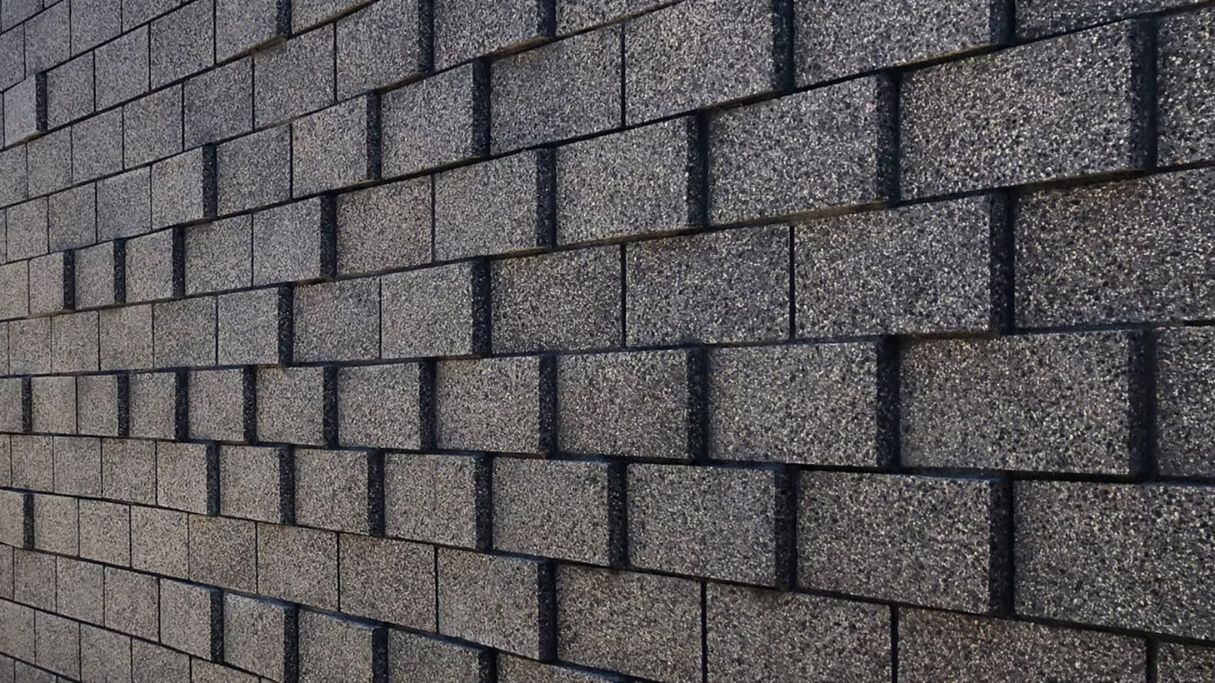
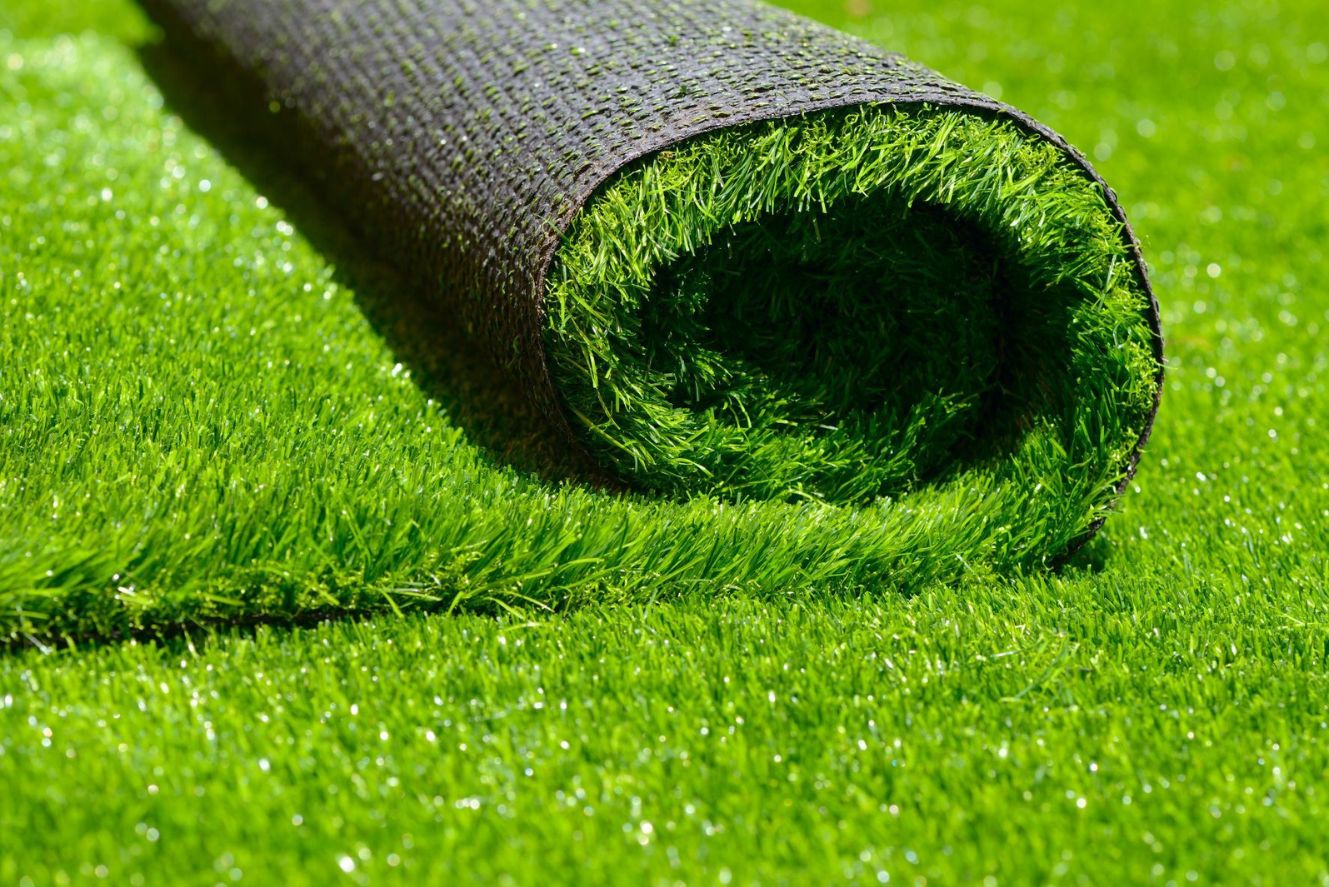
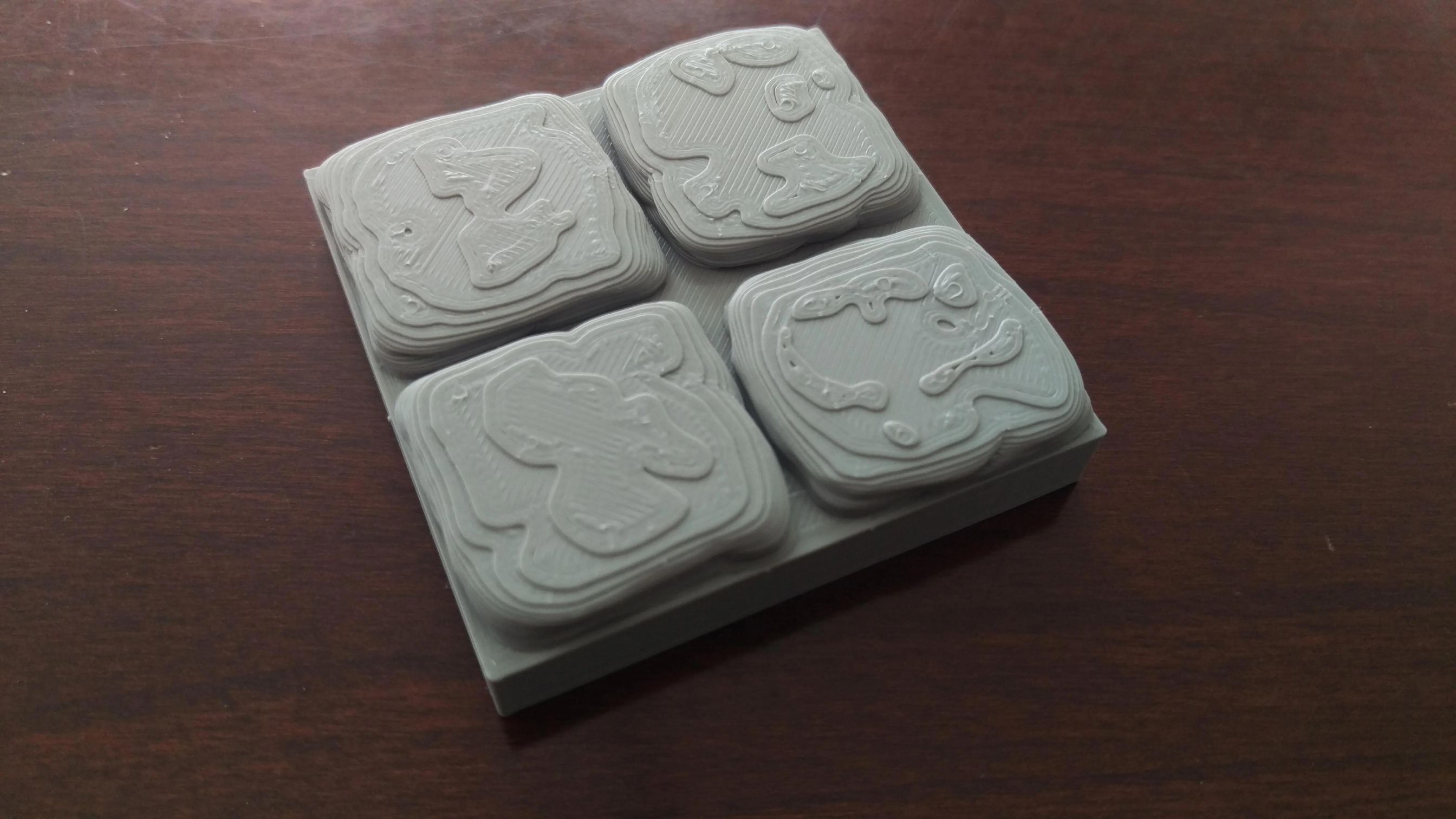
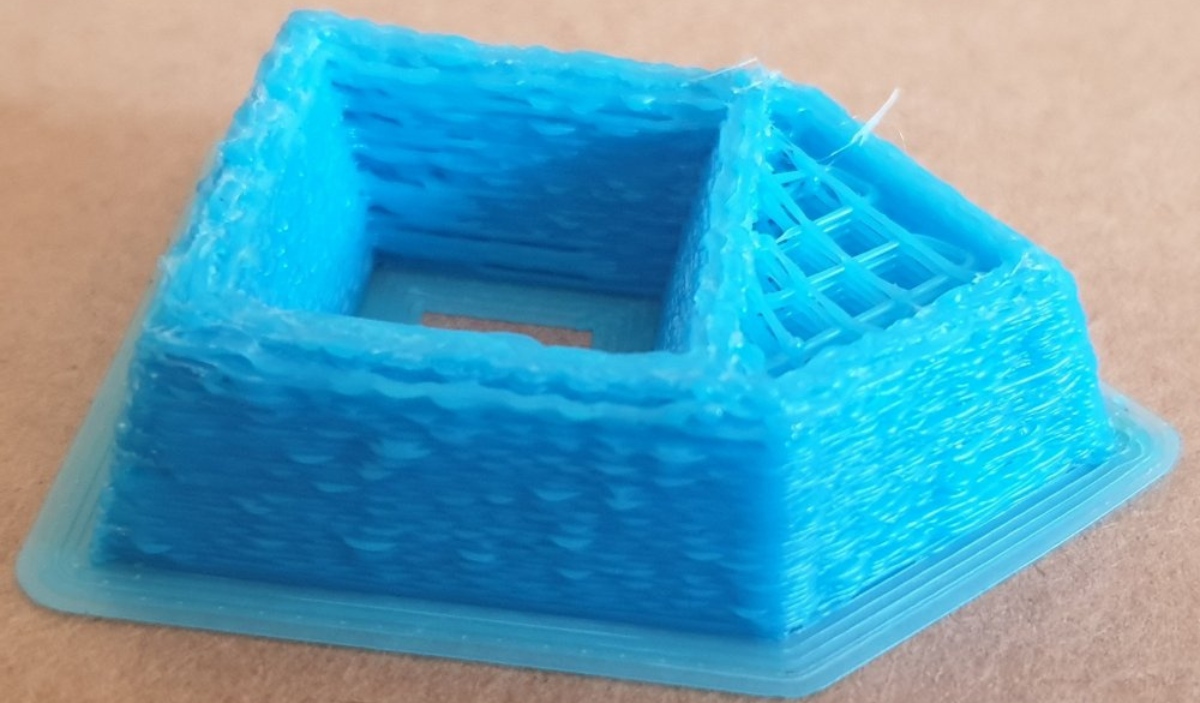

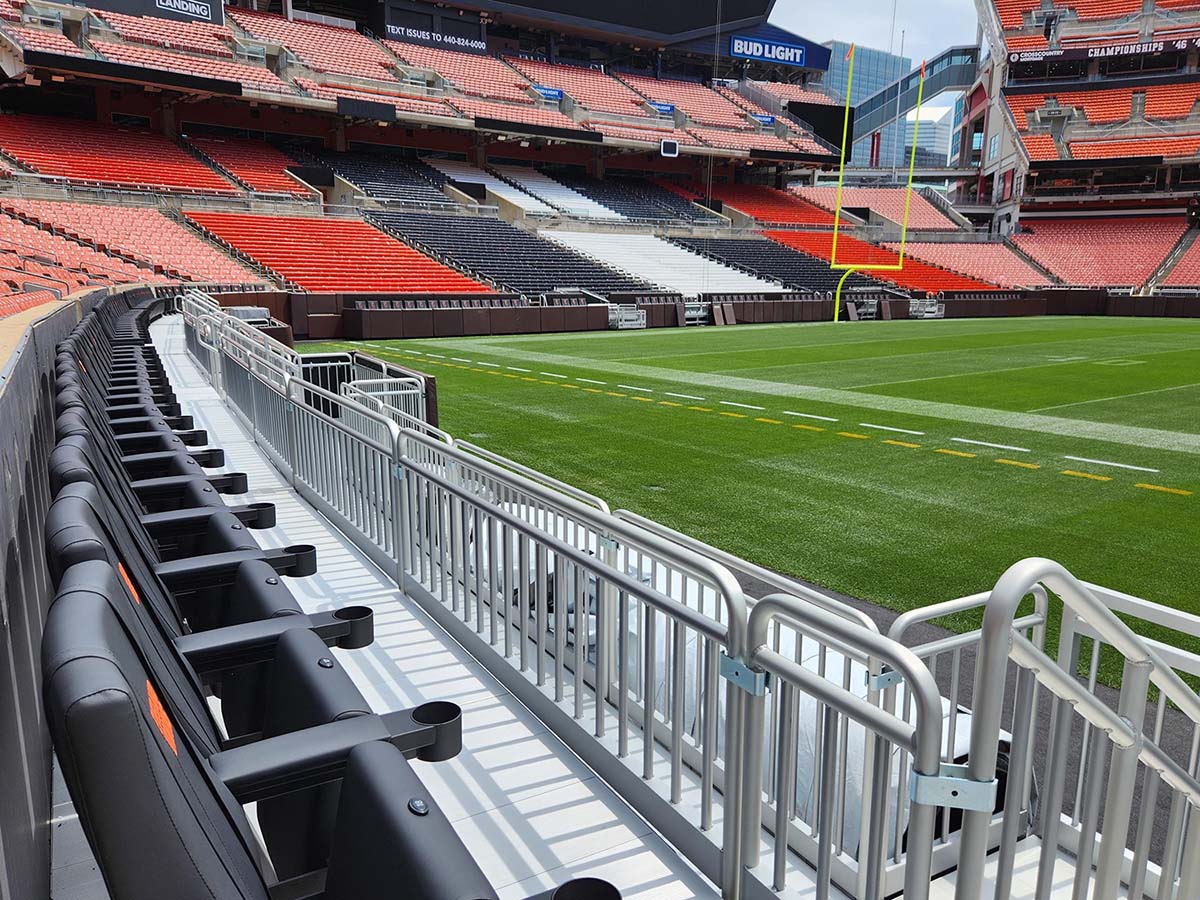
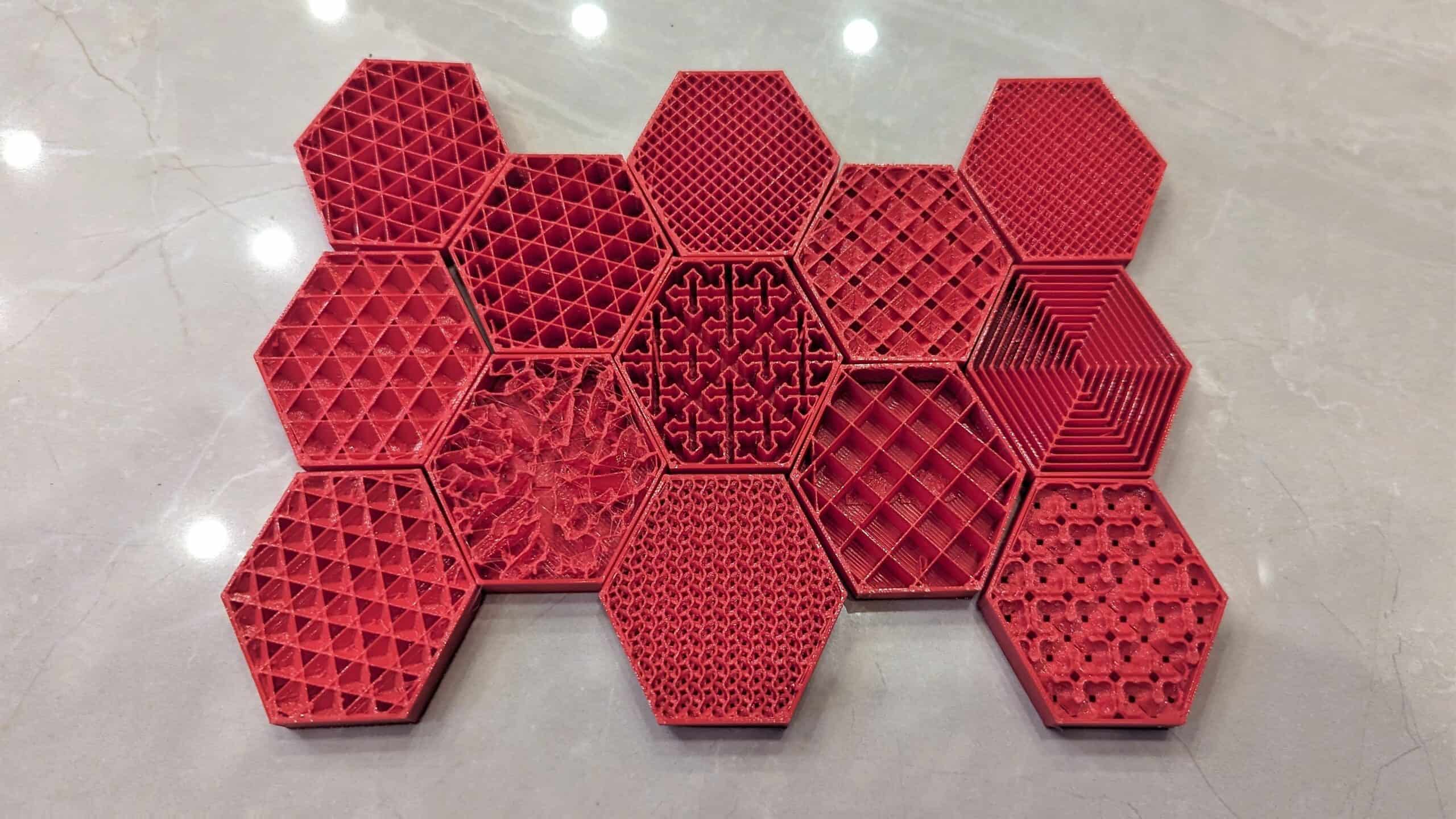

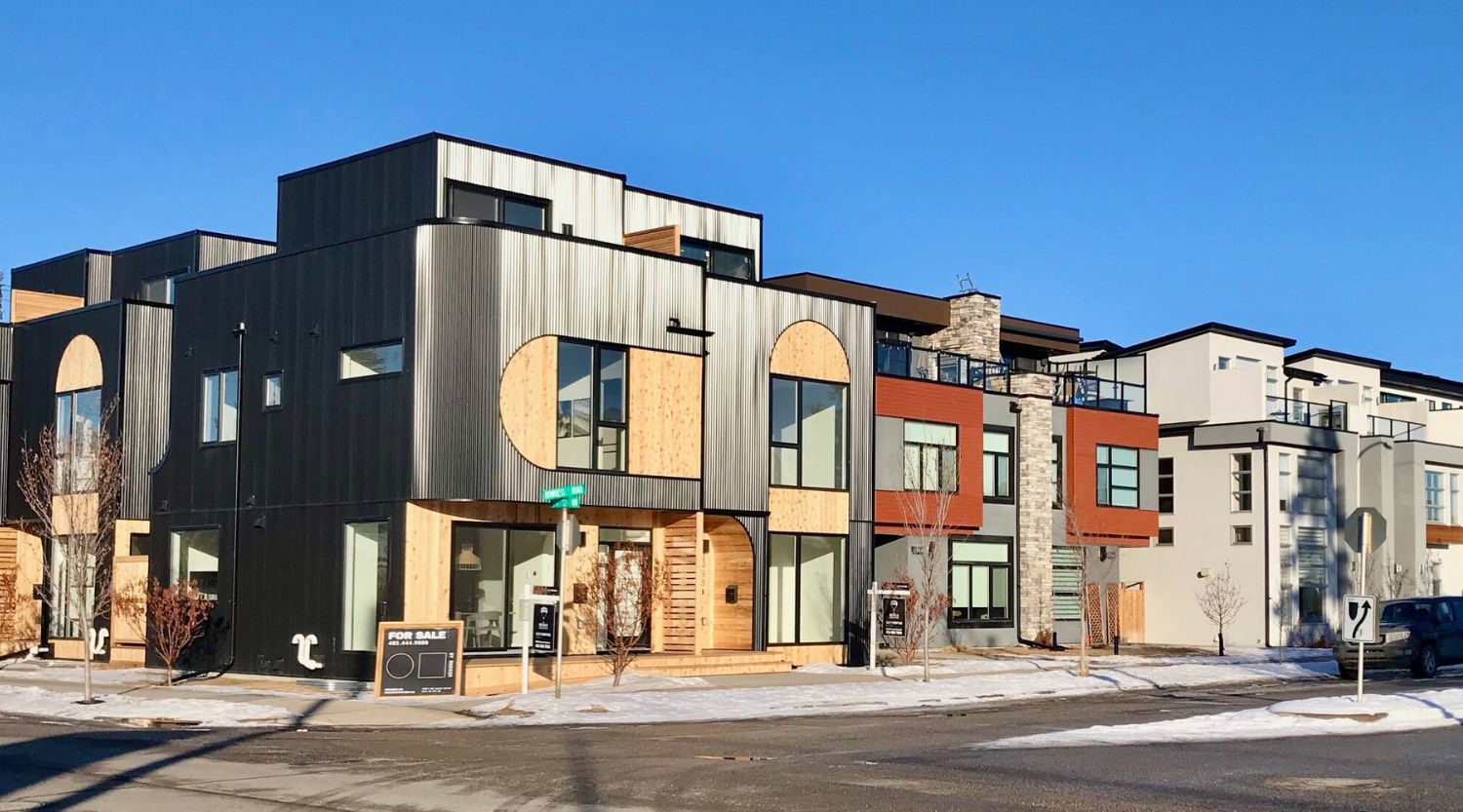

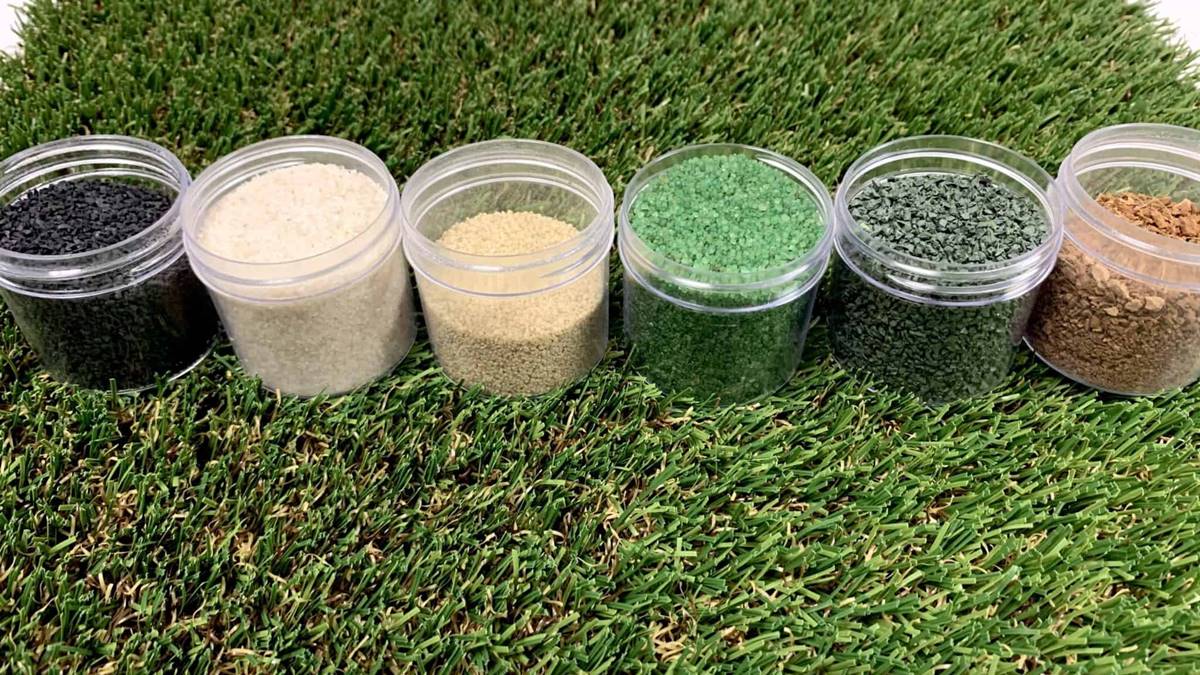
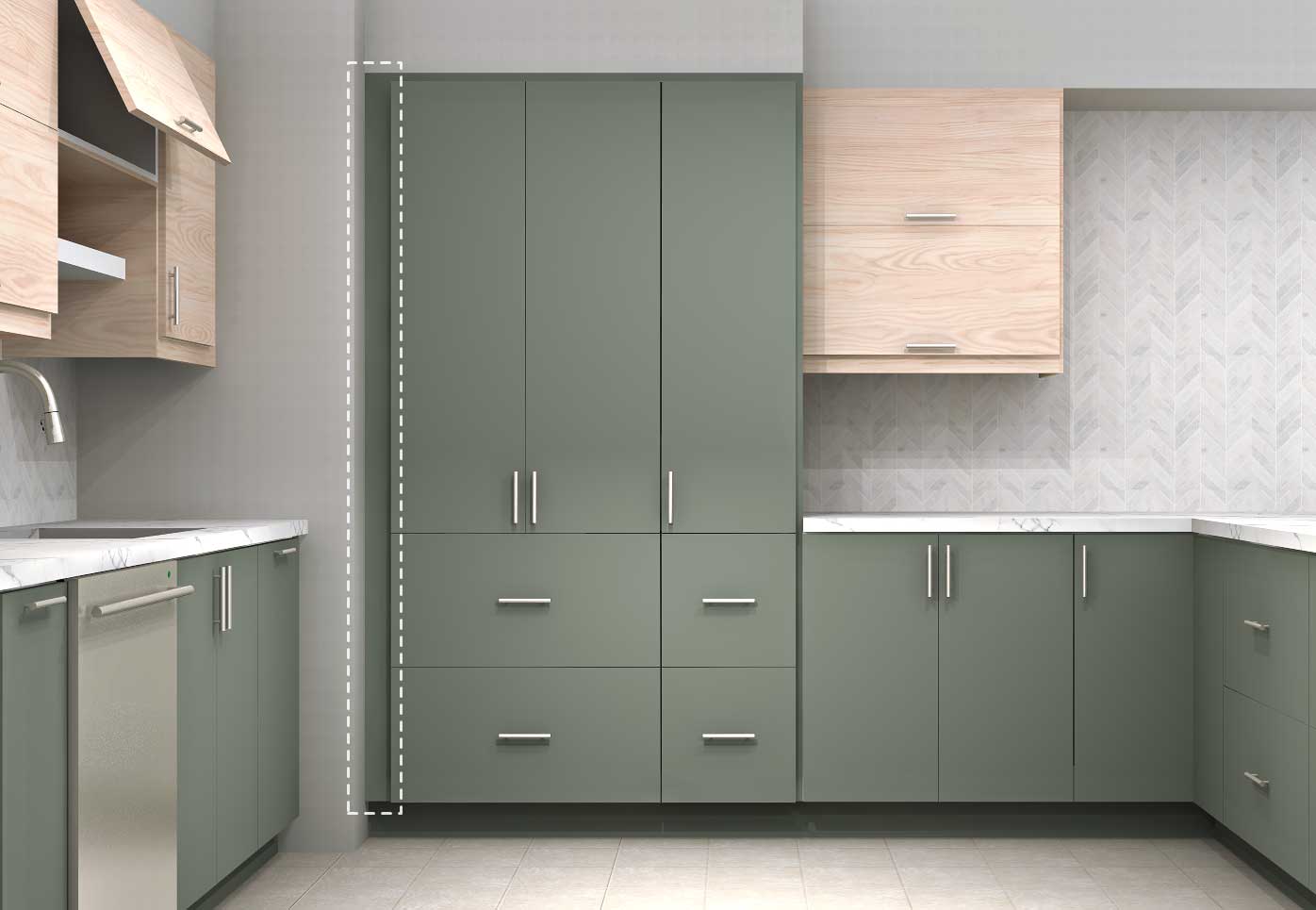

0 thoughts on “What Are Infill Openings For Decks”